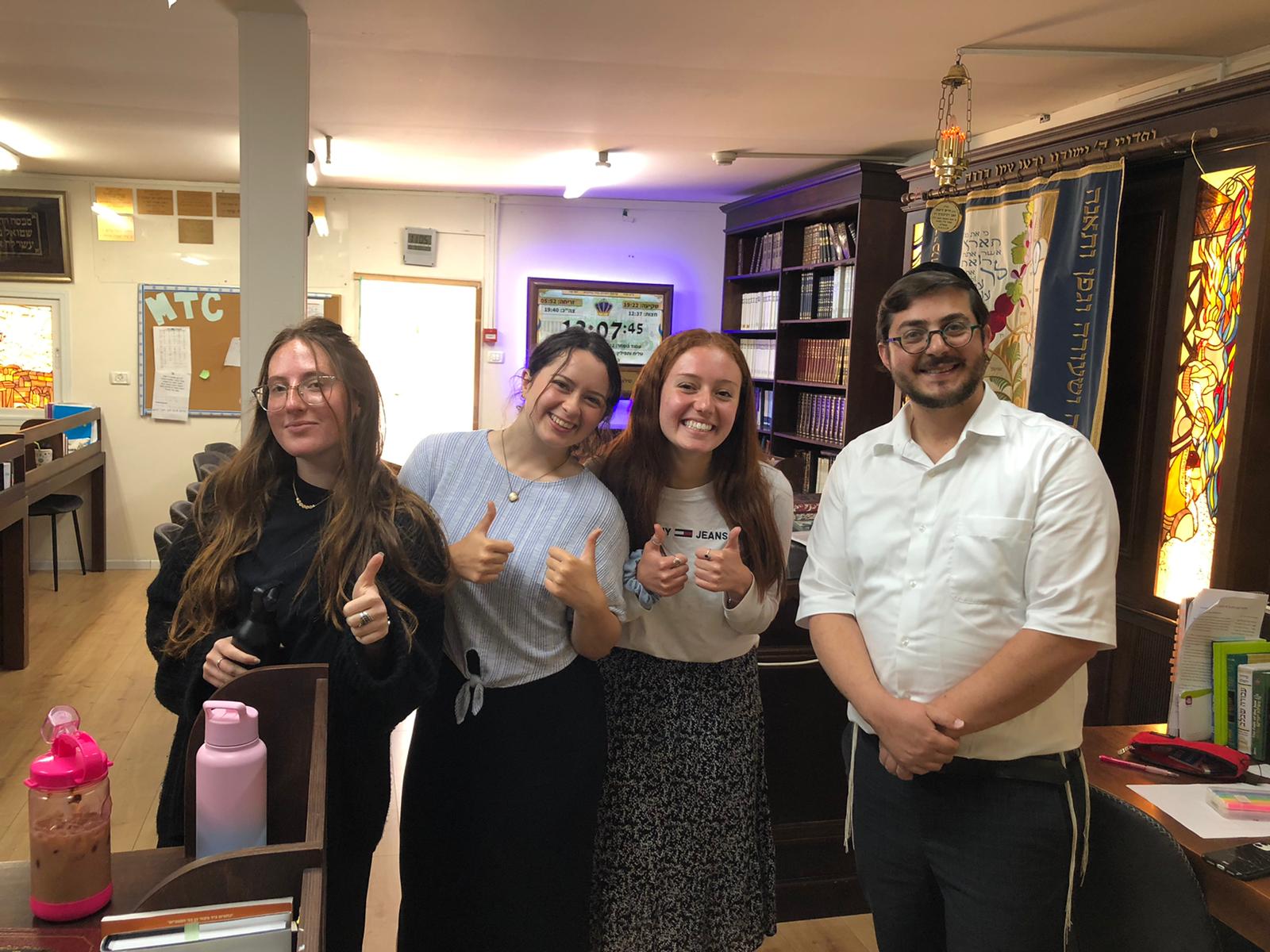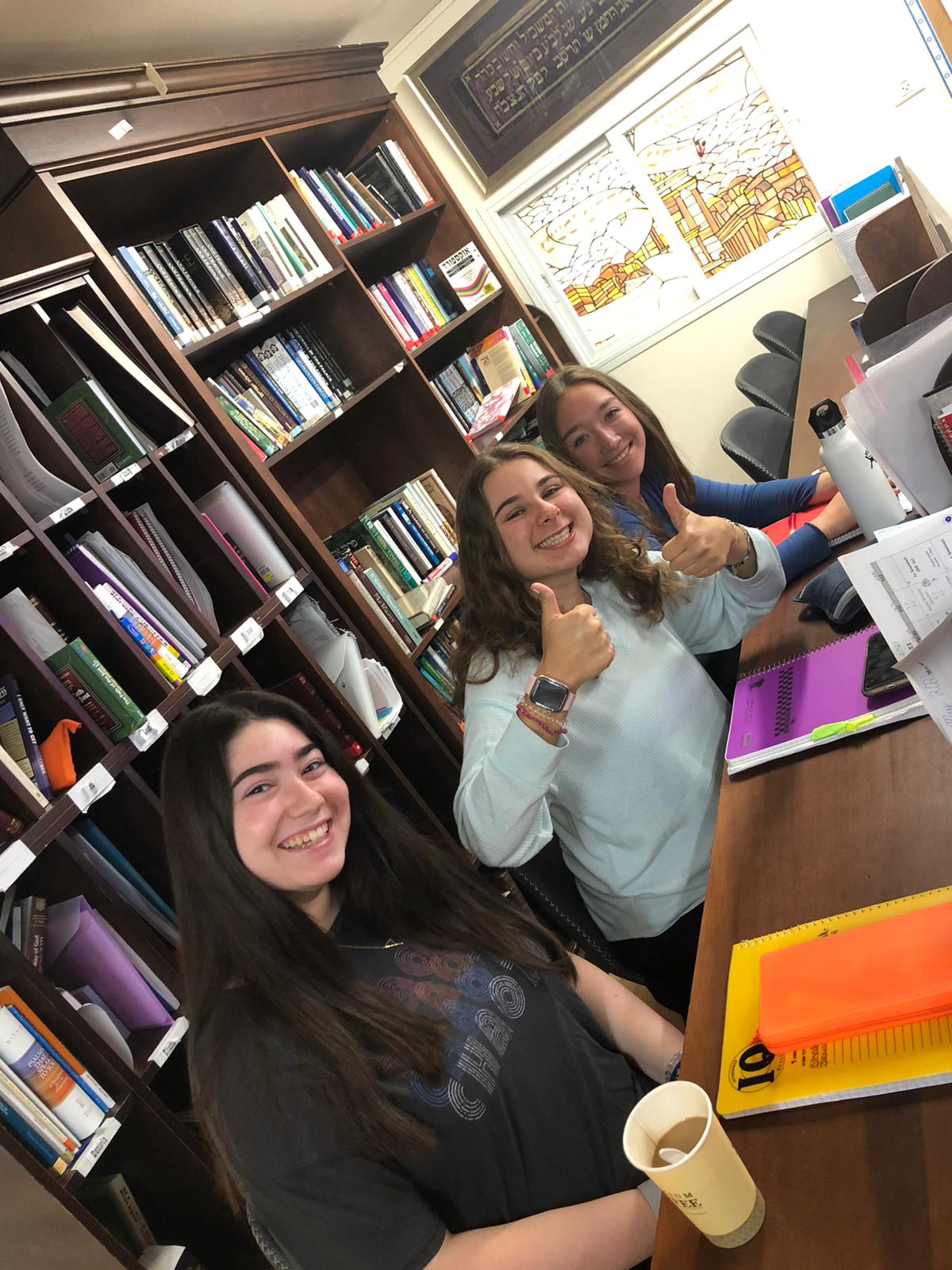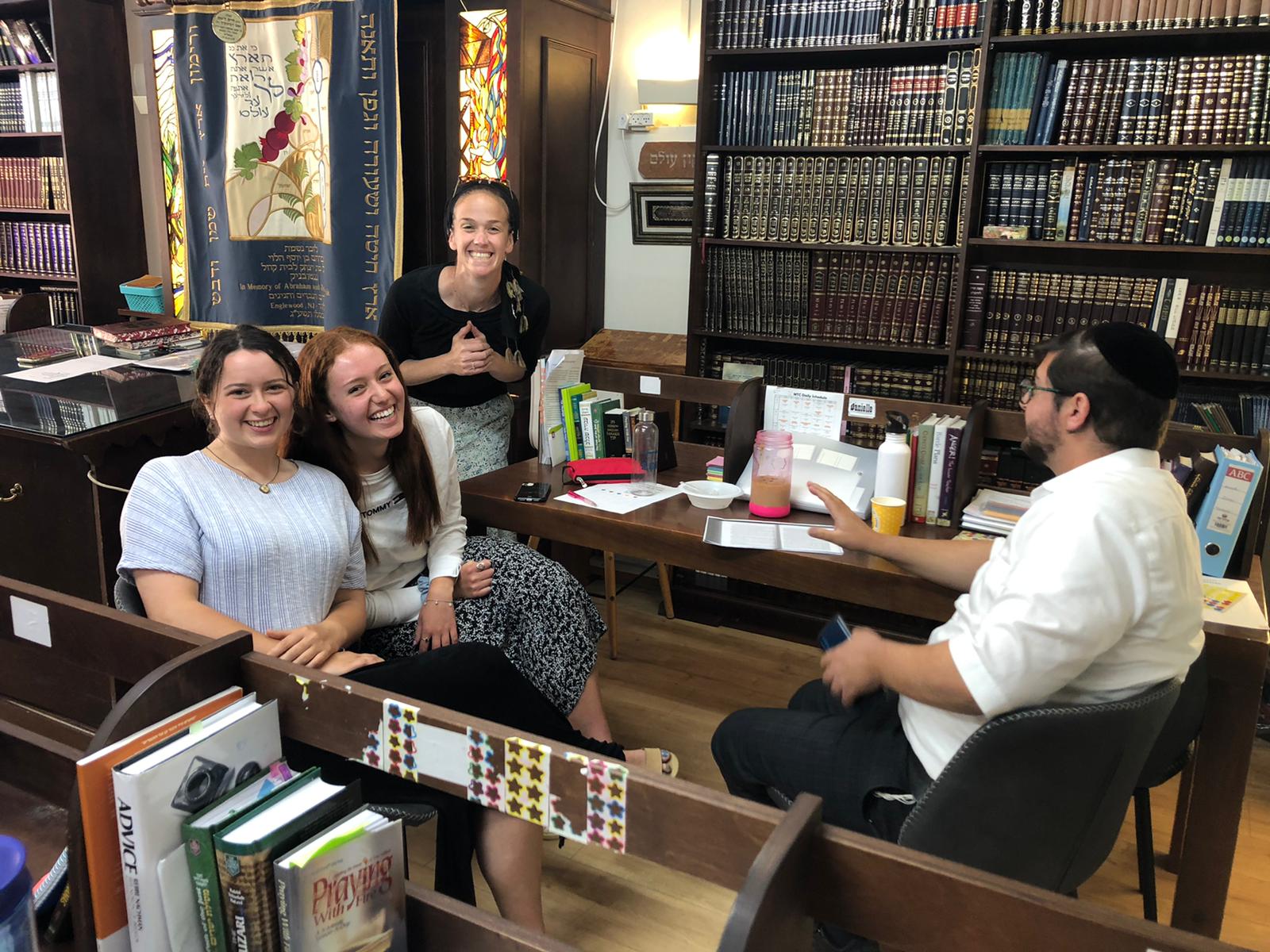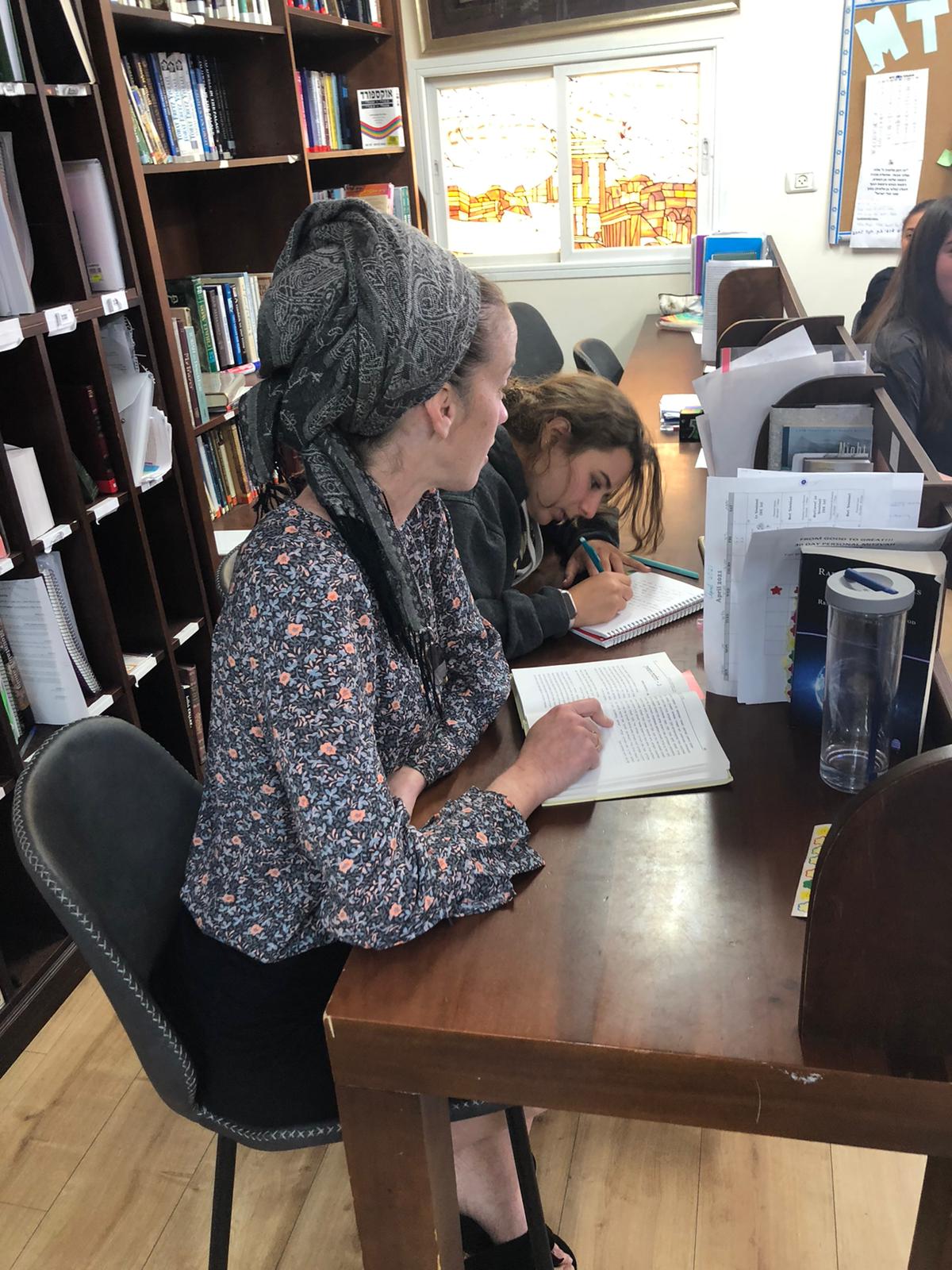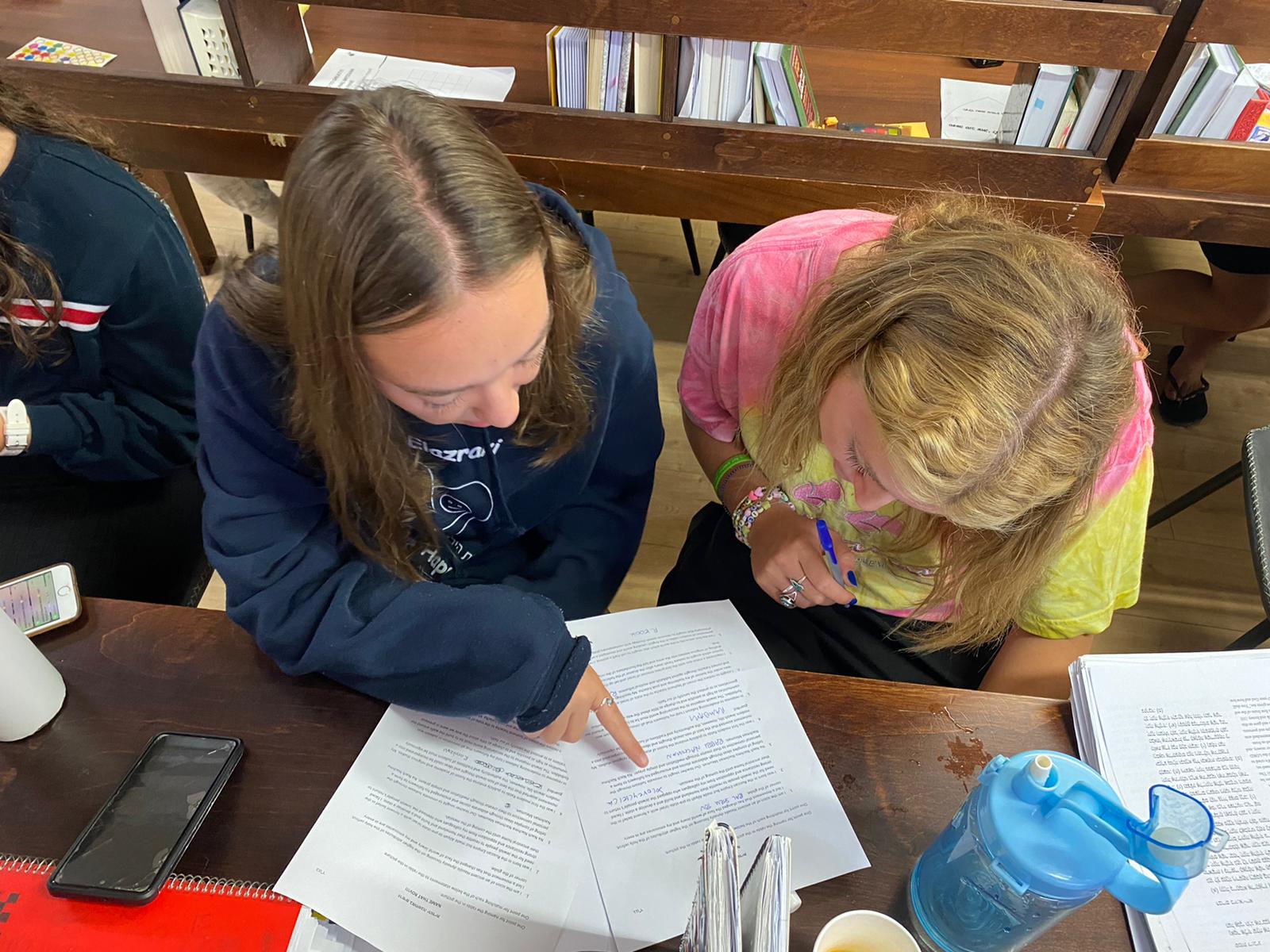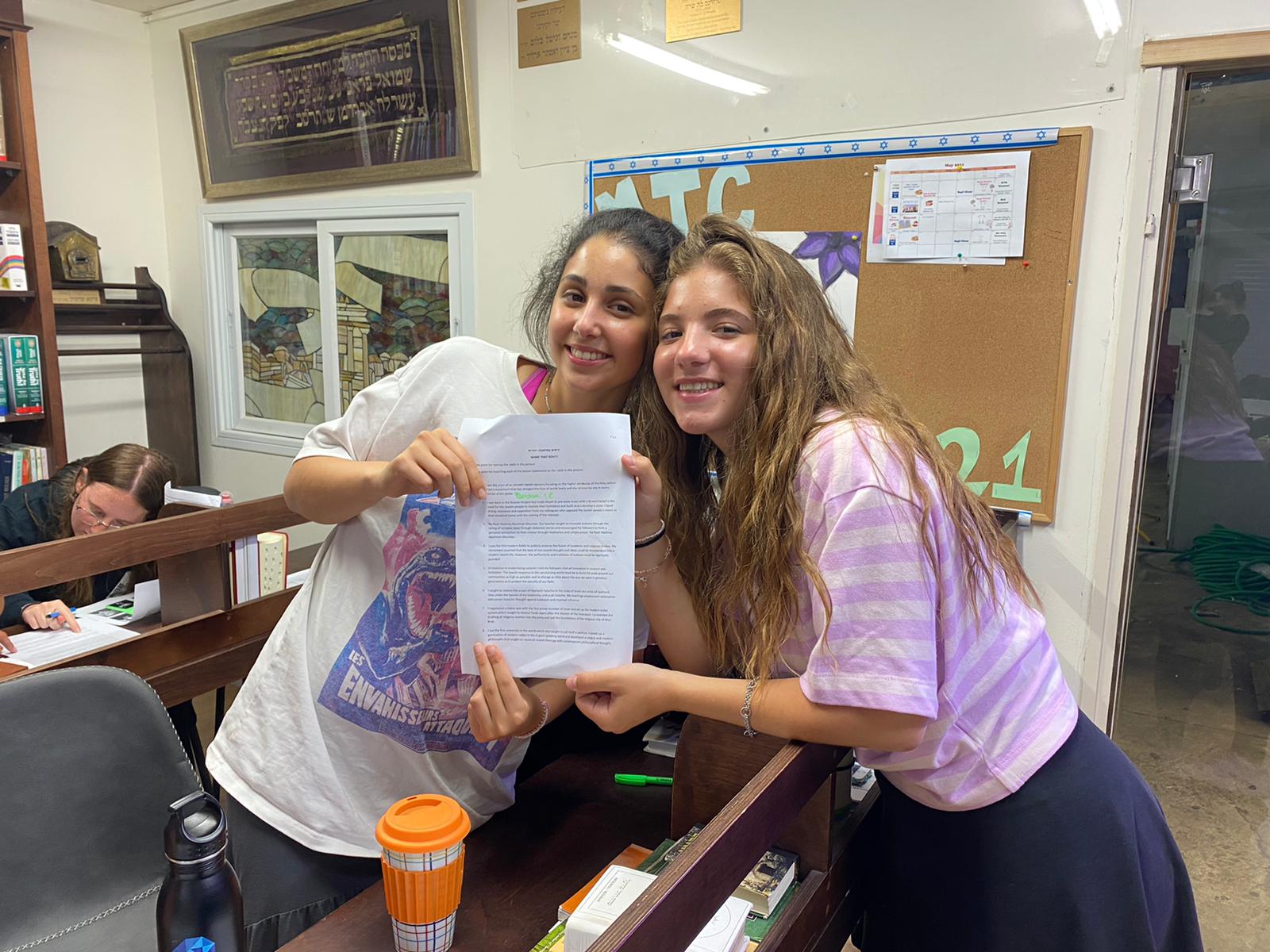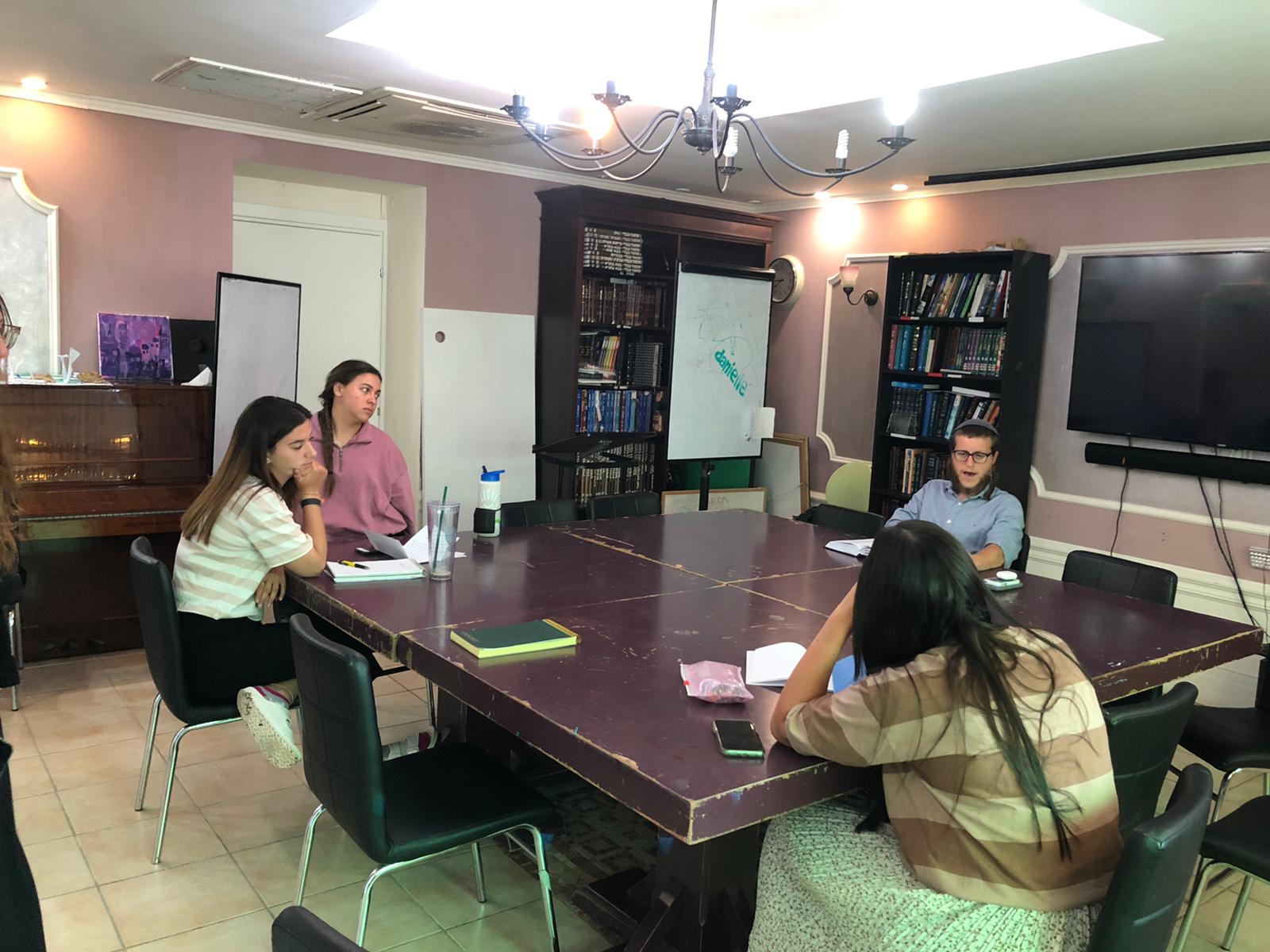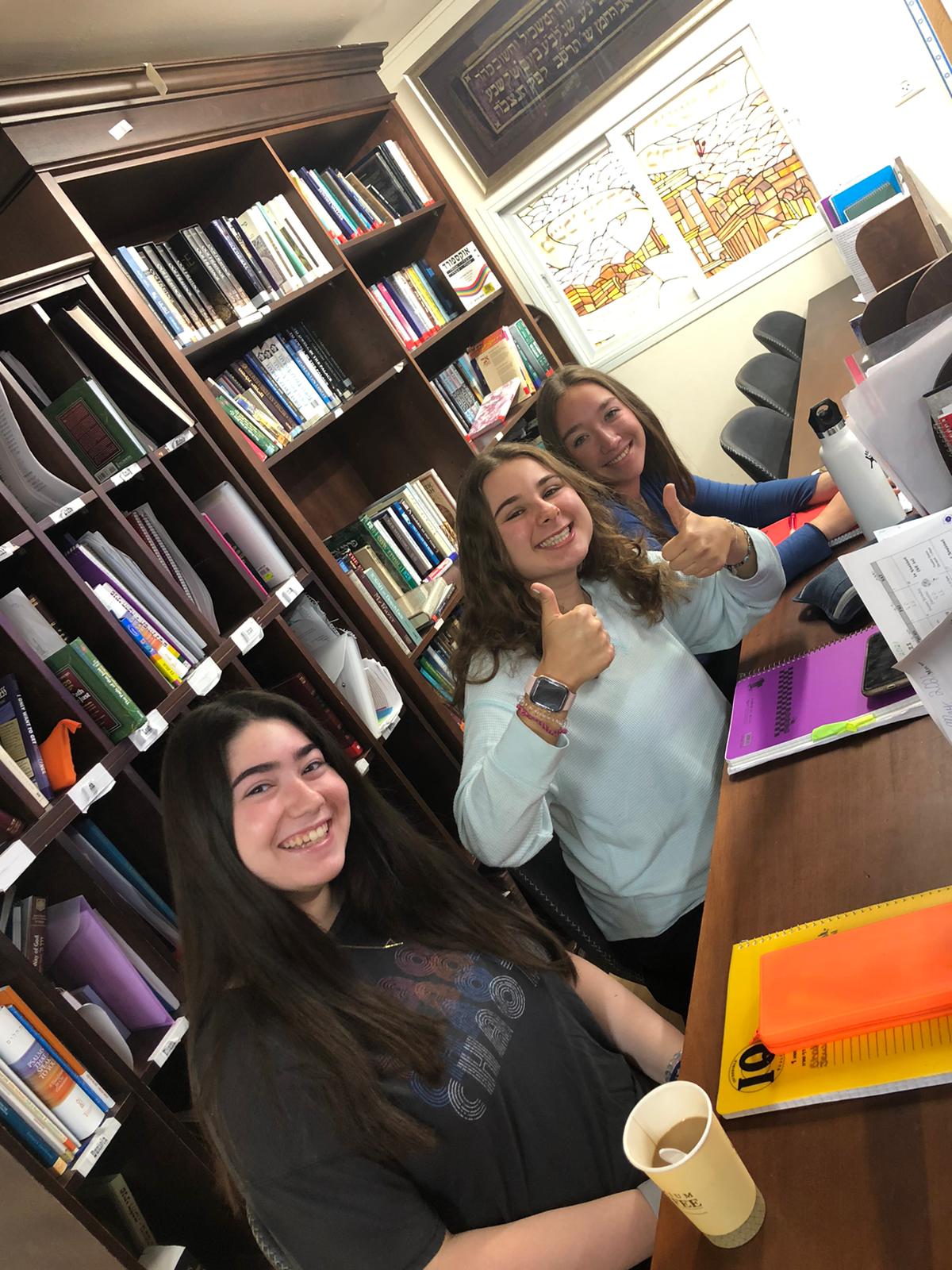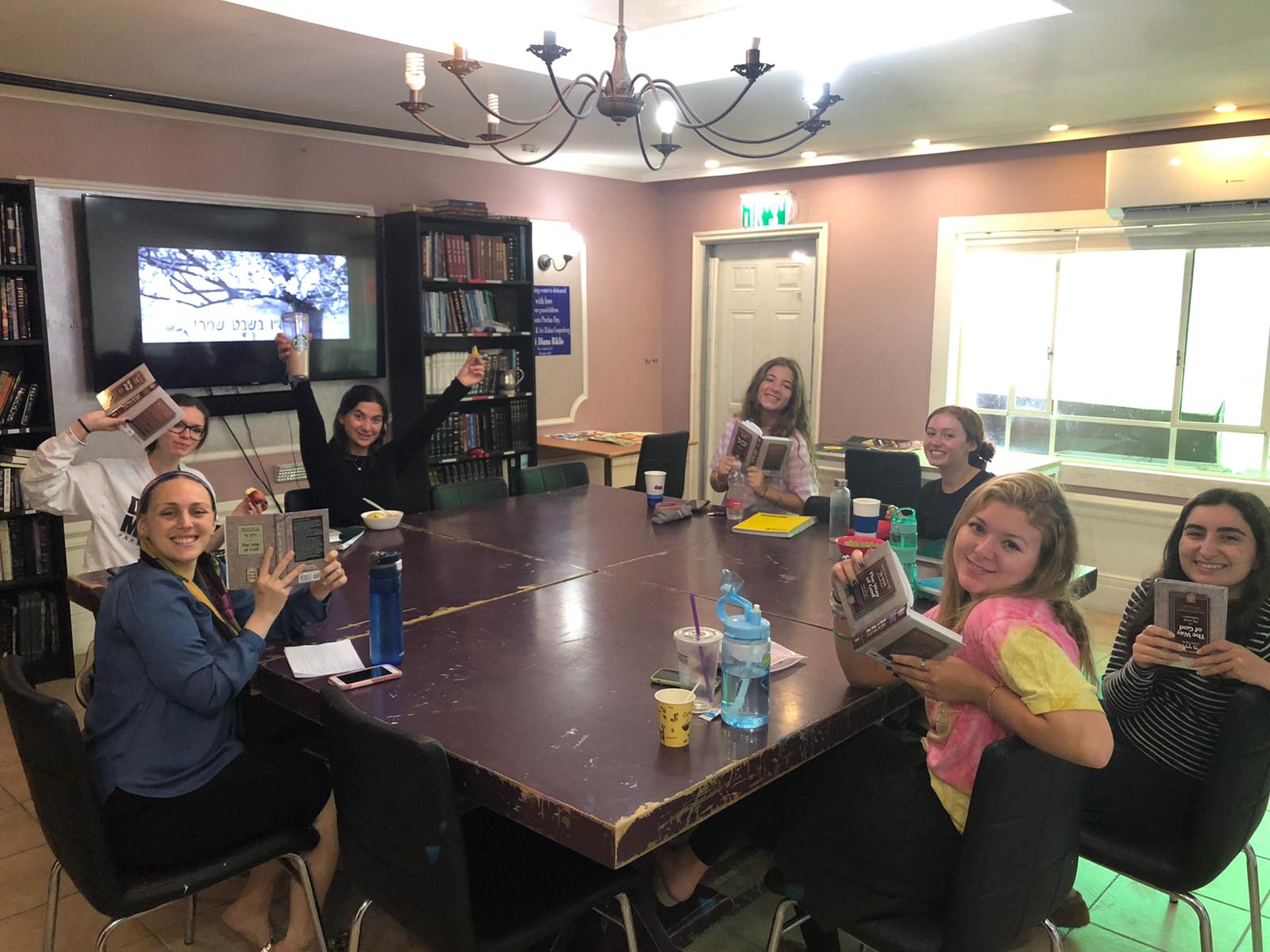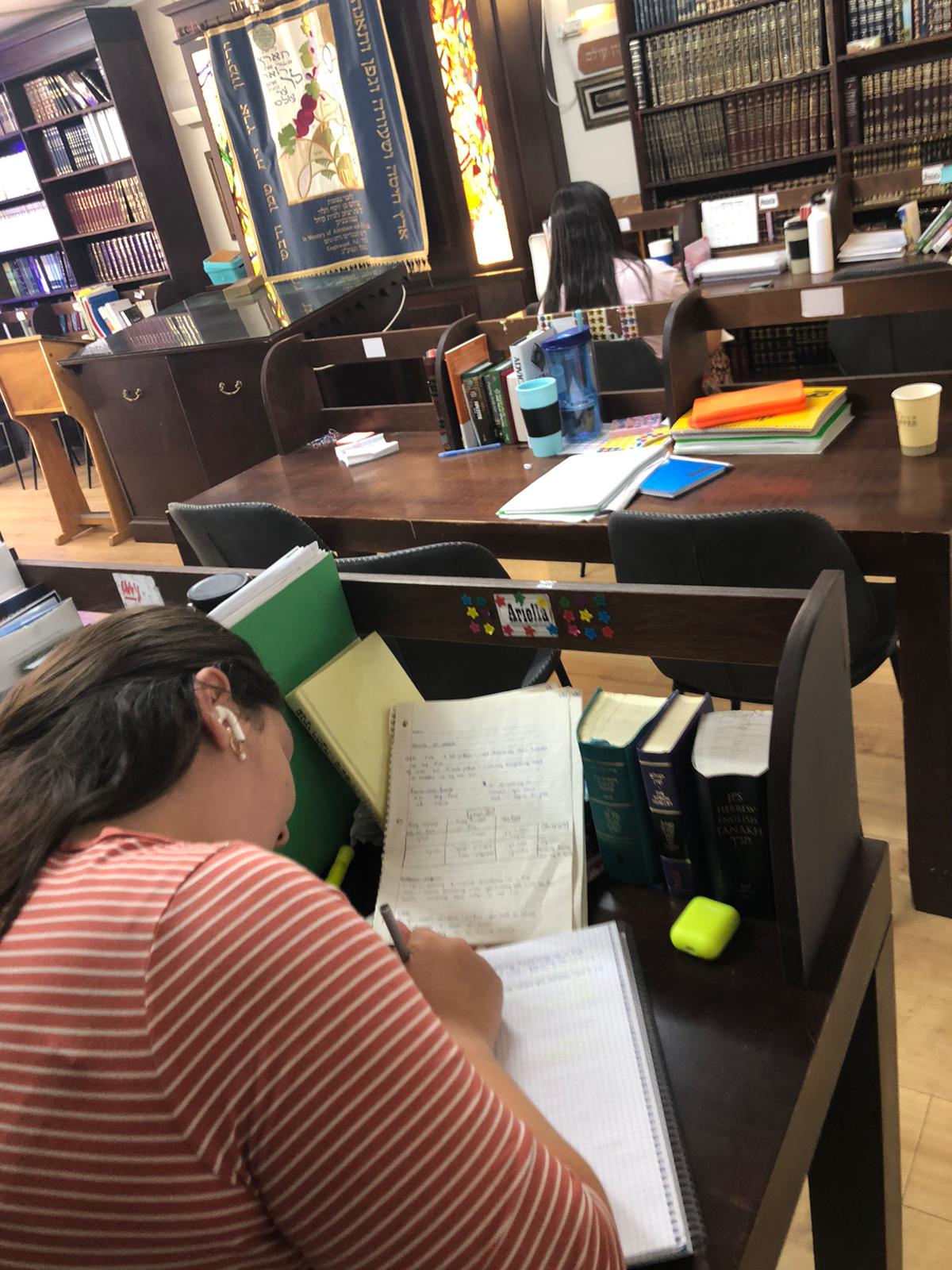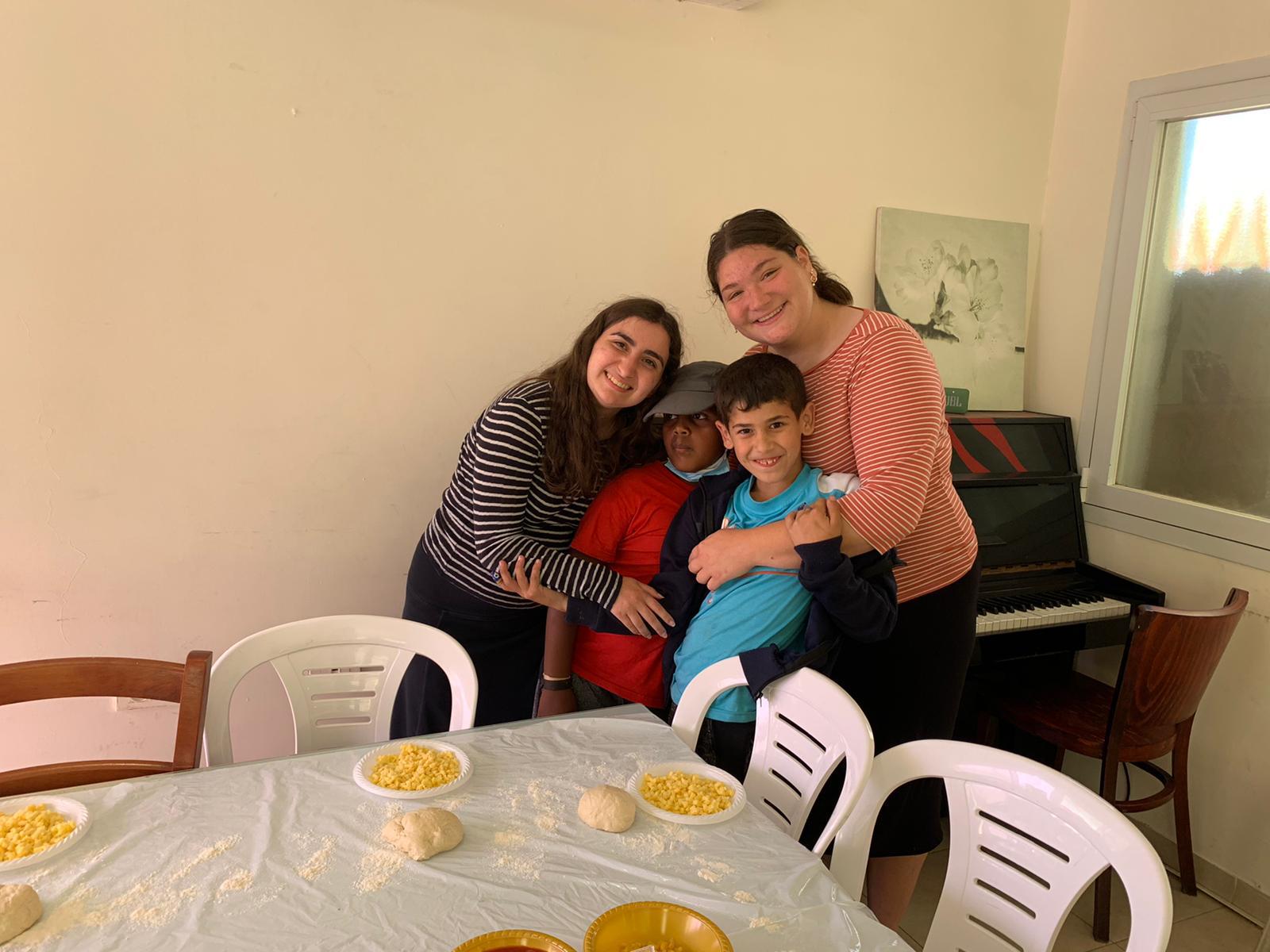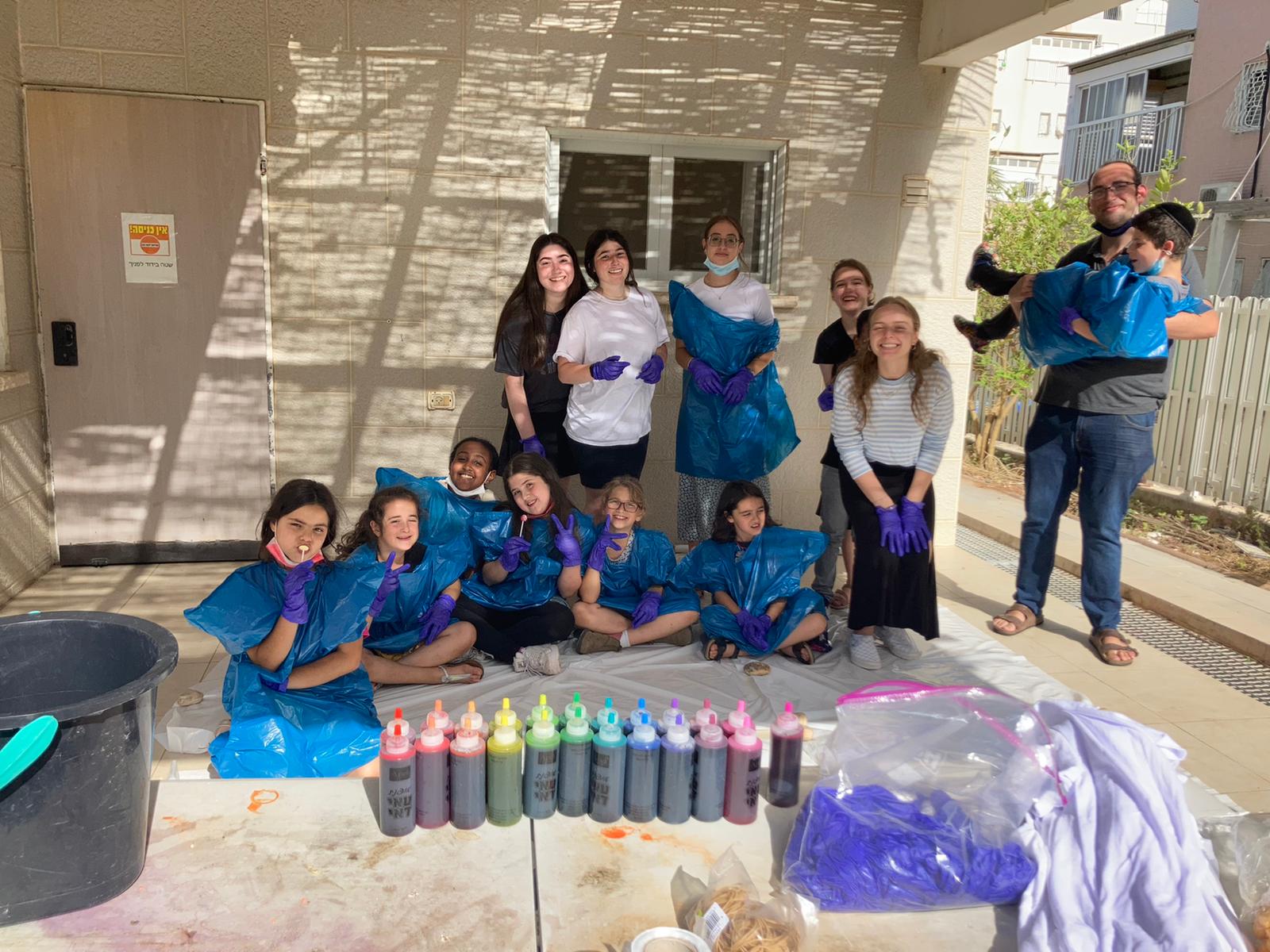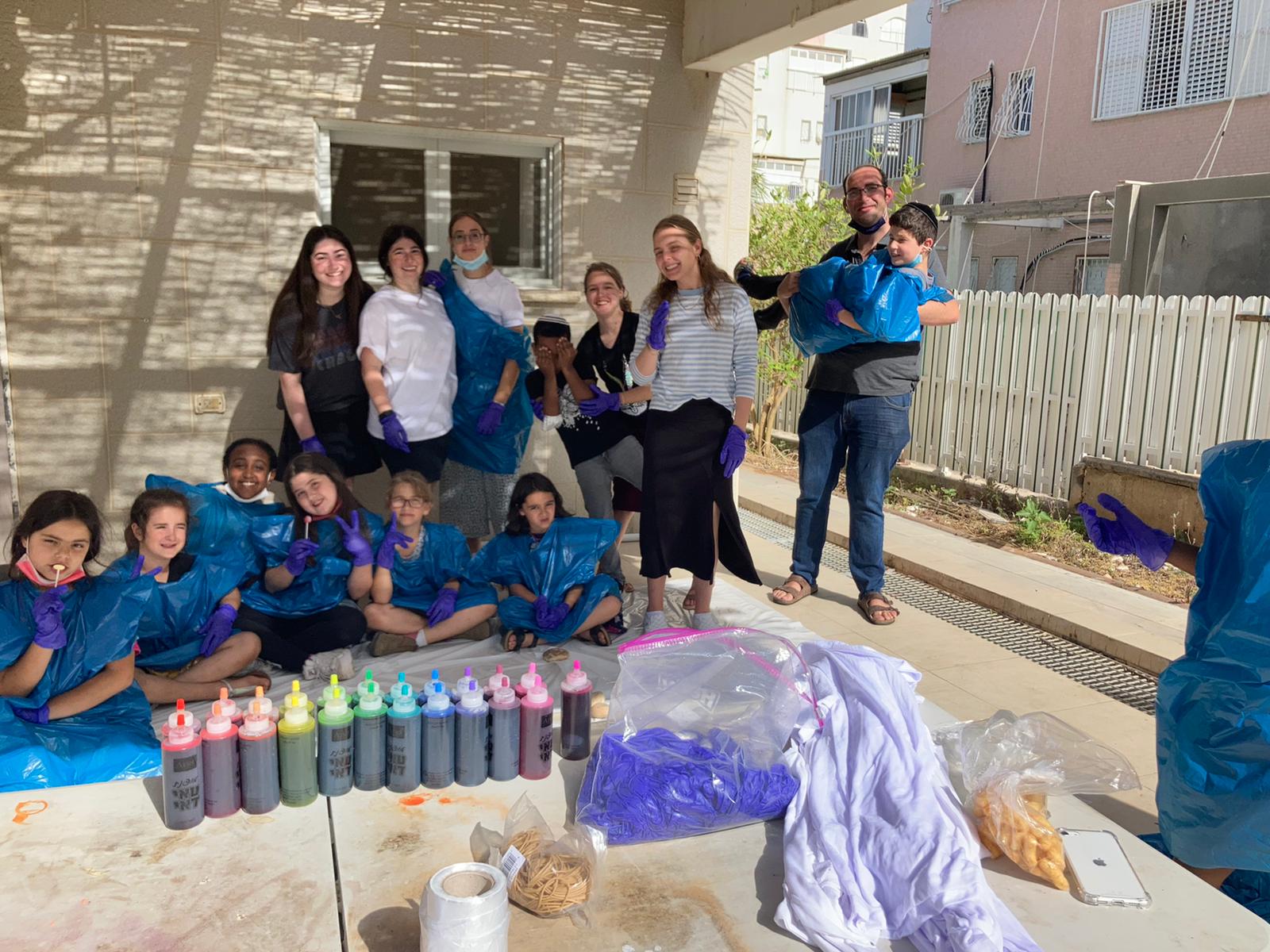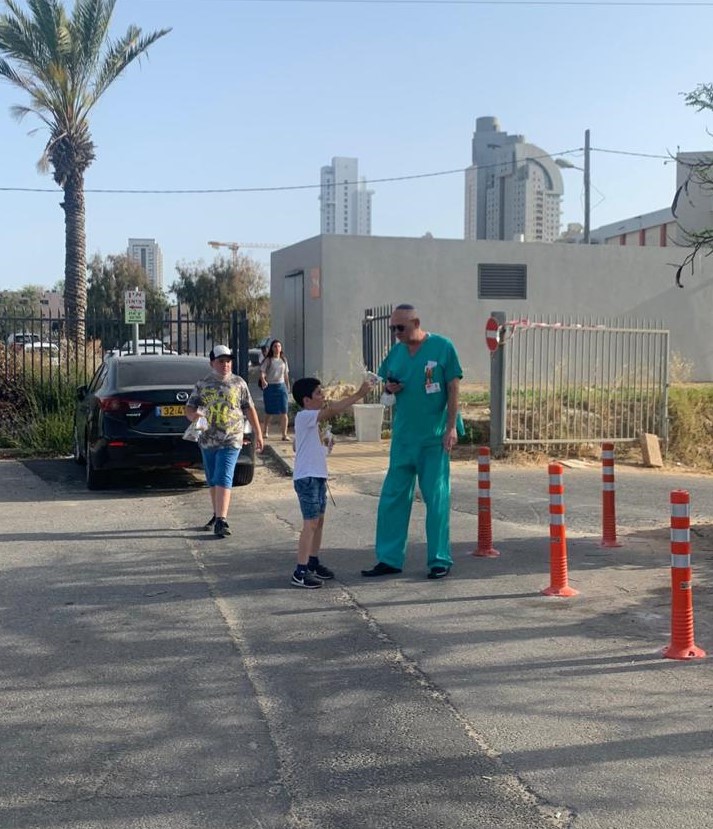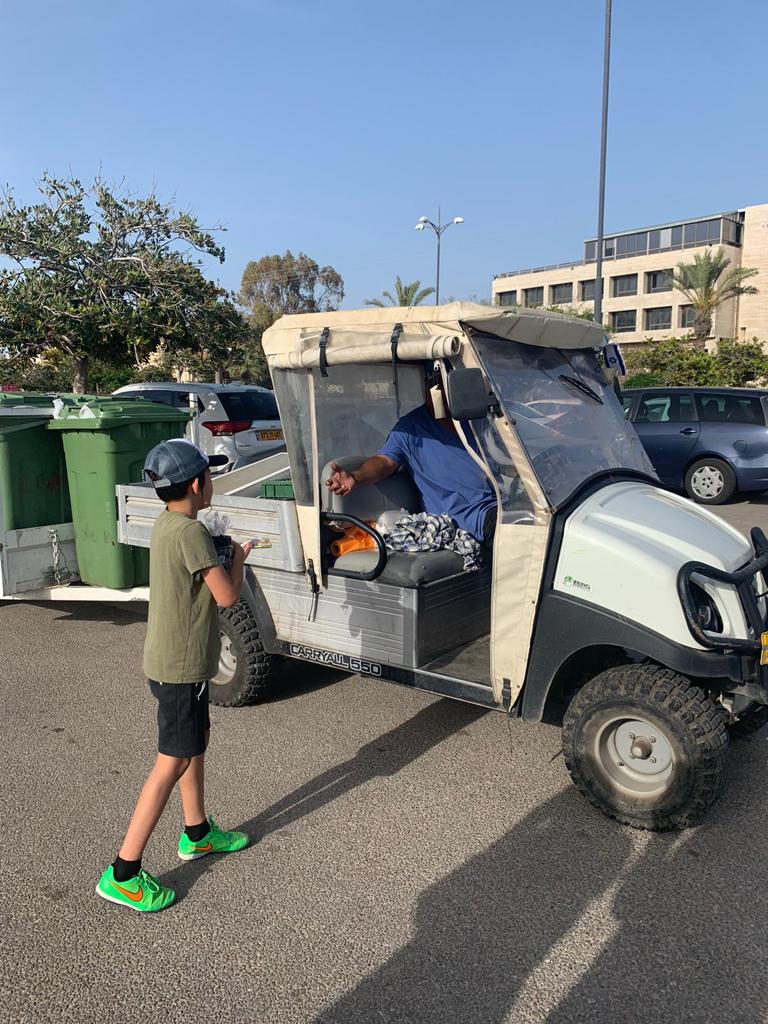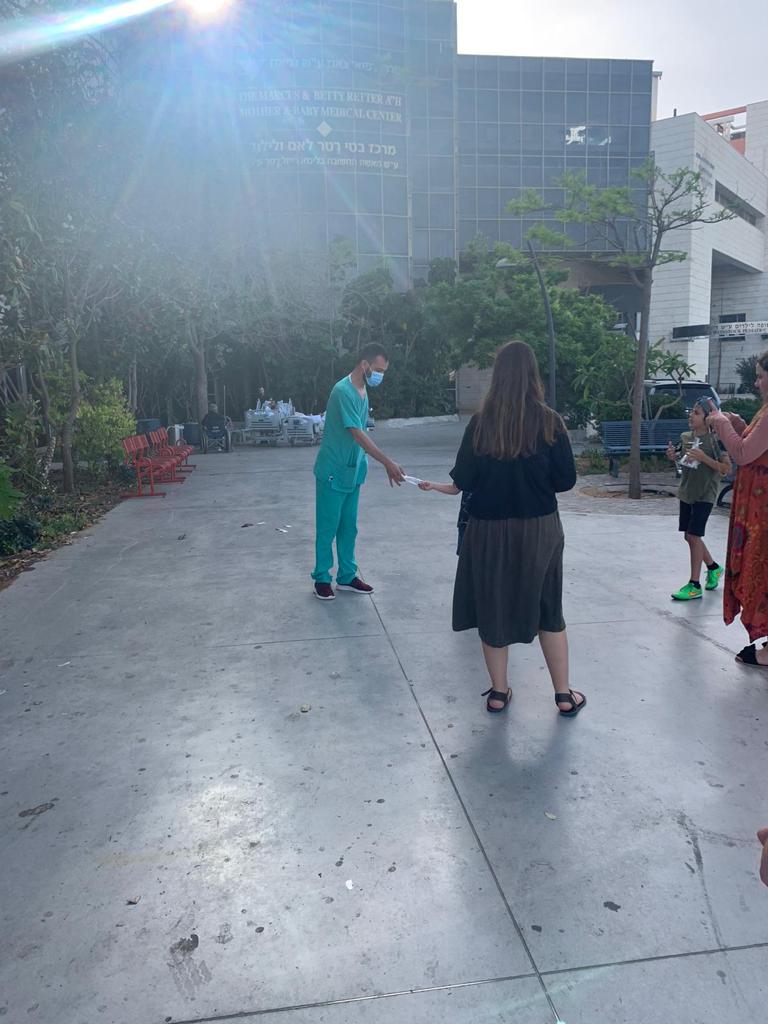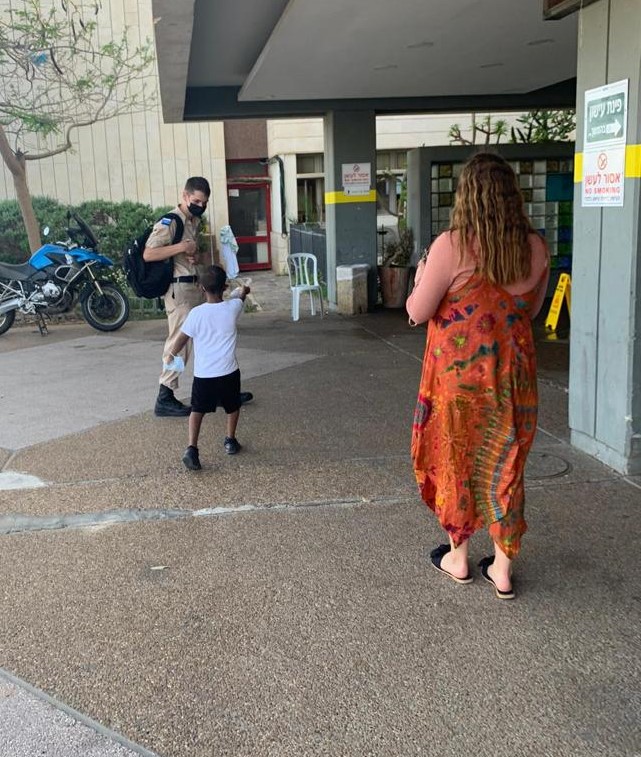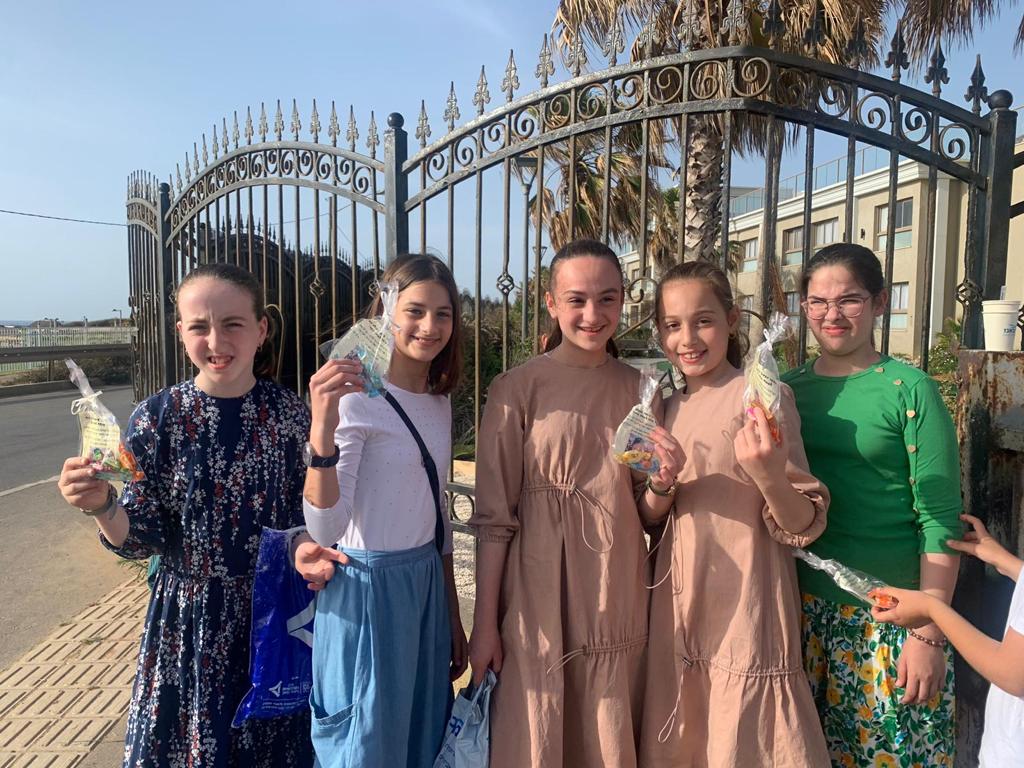
09 May MTC Highlights: Parshat Behar-Bechukotai

Rav Yehosua Felberg - Educator
Parshat Acharei-Kedoshim
The psauk says Vayikra 254
וּבַשָּׁנָ֣ה הַשְּׁבִיעִ֗ת שַׁבַּ֤ת שַׁבָּתוֹן֙ יִֽהְיֶ֣ה לָאָ֔רֶץ שַׁבָּ֖ת להשם שָֽׂדְךָ֙ לֹ֣א תִזְרָ֔ע וְכַרְמְךָ֖ לֹ֥א תִזְמֹֽר
But in the seventh year, the land shall have a complete rest a Sabbath to the Lord; you shall not sow your field, nor shall you prune your vineyard.
This week’s parsha gives us one of the most relevant and interesting mitzvot for a resident of the land of Israel today. The commandment of Shemitta – letting the land lay fallow once every seventh year. For thousands of years this commandment was irrelevant. For a Jew who lived in Poland, Persia, France, Morocco, England or further afield the halachic imperative of shemita was purely an academic discussion reserved to the field of scholarship and the yeshiva. The land of Israel was virtually empty of Jews and Jewish communities in chul, even those with a connection to agriculture, had no reason to pay particular heed to this mitzvah. And yet, today, once again, for the first time in nearly two millennia the halachot of shemita have becoming living, alive and relevant to our existence. This coming year is, once again, a shnat shemita and we have already begun hearing the usual discussions and resolutions. Those who observe the shemita with no qualification, those who rely on heter mechira, those who require otzar beit din. It’s easy to become lost in the intricacies of the halachic discussions that we sometimes need to take a step back, think in wonderment at how we are merited as one of the first generations of Jews to really have to worry about these halachot since churban bayit sheni.
The sages of the Talmud write, “For the sin of neglecting shemita and yovel — exile comes upon the world.” (Shabbat 33a). What does this mean and why does neglecting shemita and the yovel (the special event that takes place after seven shemita cycles) cause exile to come upon the world?
The Sefer HaChinuch gives us a number of reasons for the mitzvot of shemita. The first is by abandoning your field and that which it produces we are reminded of the need to care for our fellow human being. As the land is hefker anyone can come and take. Secondly the Sefer HaChinuch tells us that it is not by our hands that we succeed, but only with Hashem’s help. Similar to the sukkah where we step out of the comfort of our homes and put our trust in Hashem to look after us as we dwell in a temporary structure, so too the shemita represents our supreme faith that Hashem will provide. The Tumim supports the Sefer HaChinuch’s points and writes “Through [the shemita year] the Jew will understand that our days on the earth are like a shadow, and that we are as strangers like all of our forefathers, as tenants, and the earth and the fullness thereof are the Lord’s. And he will understand that human perfection does not consist of amassing possessions … And this is the Sabbatical year, a year of God’s favor, during which man will cast his idols of silver, and say no more to the work of our hands – the world and all that belongs to us – You are our gods, for money will then be considered as naught, and riches will be of no benefit on the day of wrath.” (Tumim, Hoshen Mishpat, 67). Accordingly the Sefer HaChinuch and Tumim must be read as teaching us that not only is shemita a year of rest from work, but a mitzvah to remind us and give strength to the fundamentals of Torah life. Emunah and bitachon in Hashem, caring for the land which he gave us, caring for our fellow man and accepting there is more to our life than material success. Therefore, when the sages of the Talmud told us neglecting shemita and yovel brings exile upon the world, we can understand that by neglecting shemita we are doing the same as our ancestors whose sin caused the destruction of the Temple. Baseless hatred of one another, the worship of wealth, money and success (today’s idols) is what brings about exile, and one who denies people access to their land over shemita or who continues to work it over the sabbatical year are doing exactly that. Avodah zarah and sinat chinam (the sins that destroyed the Temples) have many forms.
May we be zoche to have a shnat shemita of growth and purpose. We should all do what we can to mark this year as a time that is distinct, different, holy and relevant to our lives no matter where we find ourselves.
Shabbat shalom!

Student Reflection
Tzivia Itzkowitz - Monsey, NY - Frisch School, NJ
This week has been a hard week. For seminaries, yeshivas, and all of Klal Yisrael. Our world was shaken by the tragedy at Meron. It was a difficult and emotional week. I was asked to write the reflection of the week but I’m not sure how to describe this week other than those two words, difficult and emotional. We lost 45 brothers.
Each one leaving a message which we can learn from. My friends and I went to the livaya of Donny Morris, we were a part of the other thousands of students studying in Israel this year. We were in tears as we listened to the lessons we can learn from Donny’s beautiful neshama. He became an inspiration to us all. He demonstrated the ultimate Jew we all want to be. He always had a smile on his face and went the extra mile to put a smile on others, he always had emunah and a deep love for everyone, and even more towards Hashem. In the words of Melanie Mashmoor: “He is everything we all strive to be”.
Ever since the tragedy there was a huge change in everyone around us. A change that we know is making those who passed smile. From the endless lines of people getting together to donate blood, to the hundreds saying tehillim non stop, to the extra mitzvah everyone has taken upon themselves in memory. Even when we, the whole Jewish community, is shaken and in mourning, I have seen kindness and unity bloom. This week has been tough. We mourned. We cried. But we are going to grow strong.




